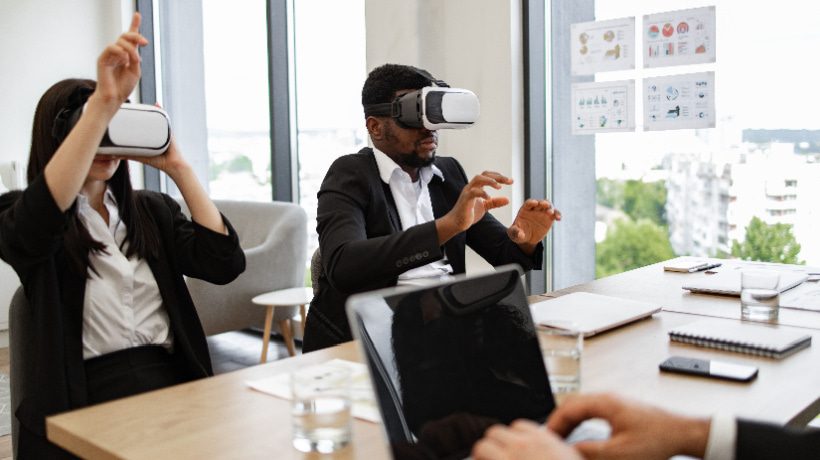Corporate eLearning: Bite-sized Learning, Mobile Learning, and QR Codes!
We reasoned that the content had to be packed in a way it could enable bite-sized learning. For instance, when end users received the machine delivered in their factory, the first thing they had to do was to unpack it. In addition to the comprehensive online program they would have gone through, there should be something giving them a heads-up on the unpacking alone.
We conceptualized and designed an app-driven video experience that would complement the regular online course.
We started by asking ourselves a couple of questions.
- In addition to taking up the online course, would not the users find it useful to SEE how the unpacking was done when they were about to unpack?
- Would it not be great if they could access a video on their smart phones explaining the steps in sequence, so they could DO the unpacking confidently?
The answers to both the questions were a definite ‘Yes!’ And, the proposition was quite exciting! All we had to do was, connect the missing link and we would be on a roll.
QR Codes! And, that was the trick. We identified all critical parts of the milling and turning machines and created QR Codes for each of them. And, we listed all the identified parts with their respective QR Codes on a cheat sheet. This sheet would get delivered with all the new machines, so the end users could have a quick macro view of parts supported by videos.
In addition, we also placed these QR Codes on all the identified parts. So, while commissioning the machines, if the users needed an instant clarification, all they had to do was point their smart phones on the QR Code and the related video would start playing, showing them the sequence of actions to be followed as far as commissioning that particular part is concerned.
Not only did this performance-support system help in effective learning, it also helped users DO what they were supposed to. Needless to mention, the client was quite thrilled about this approach and so were we.
Do you have any similar experiences you would like to share with us? We would be happy to hear you out in this space.









